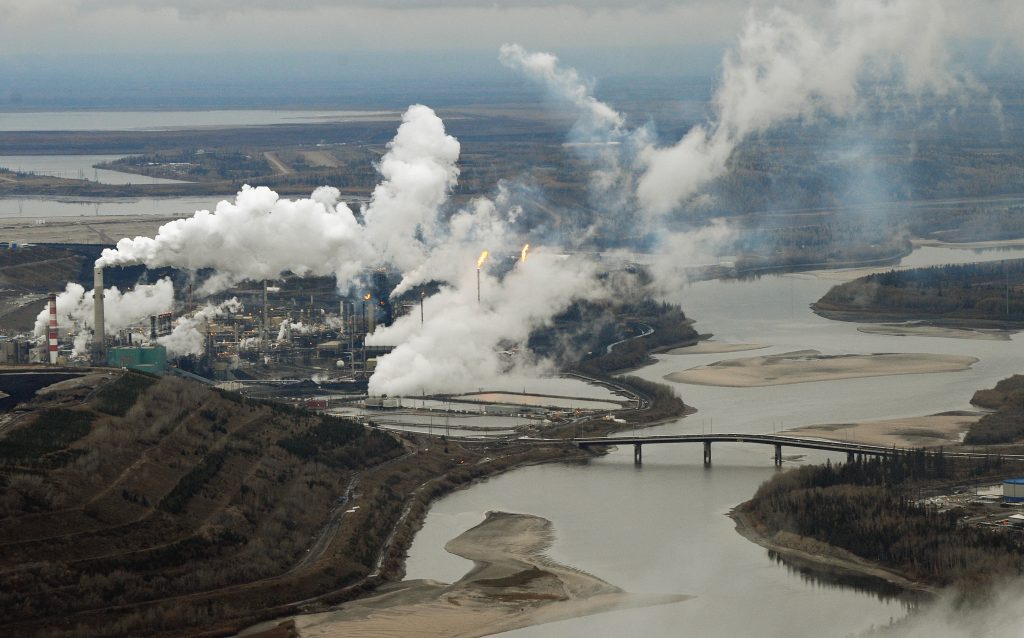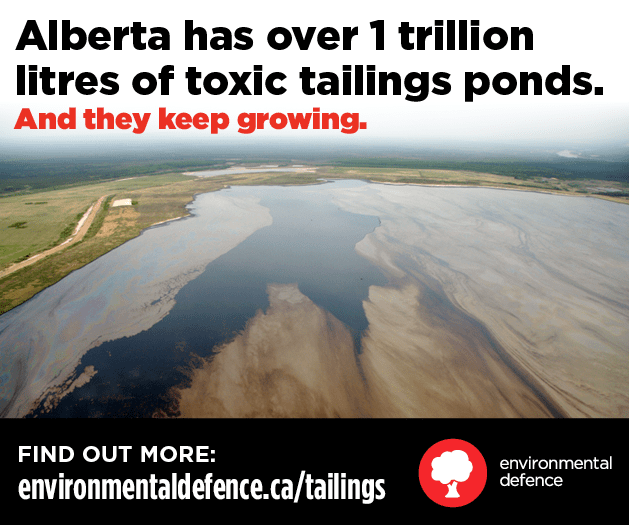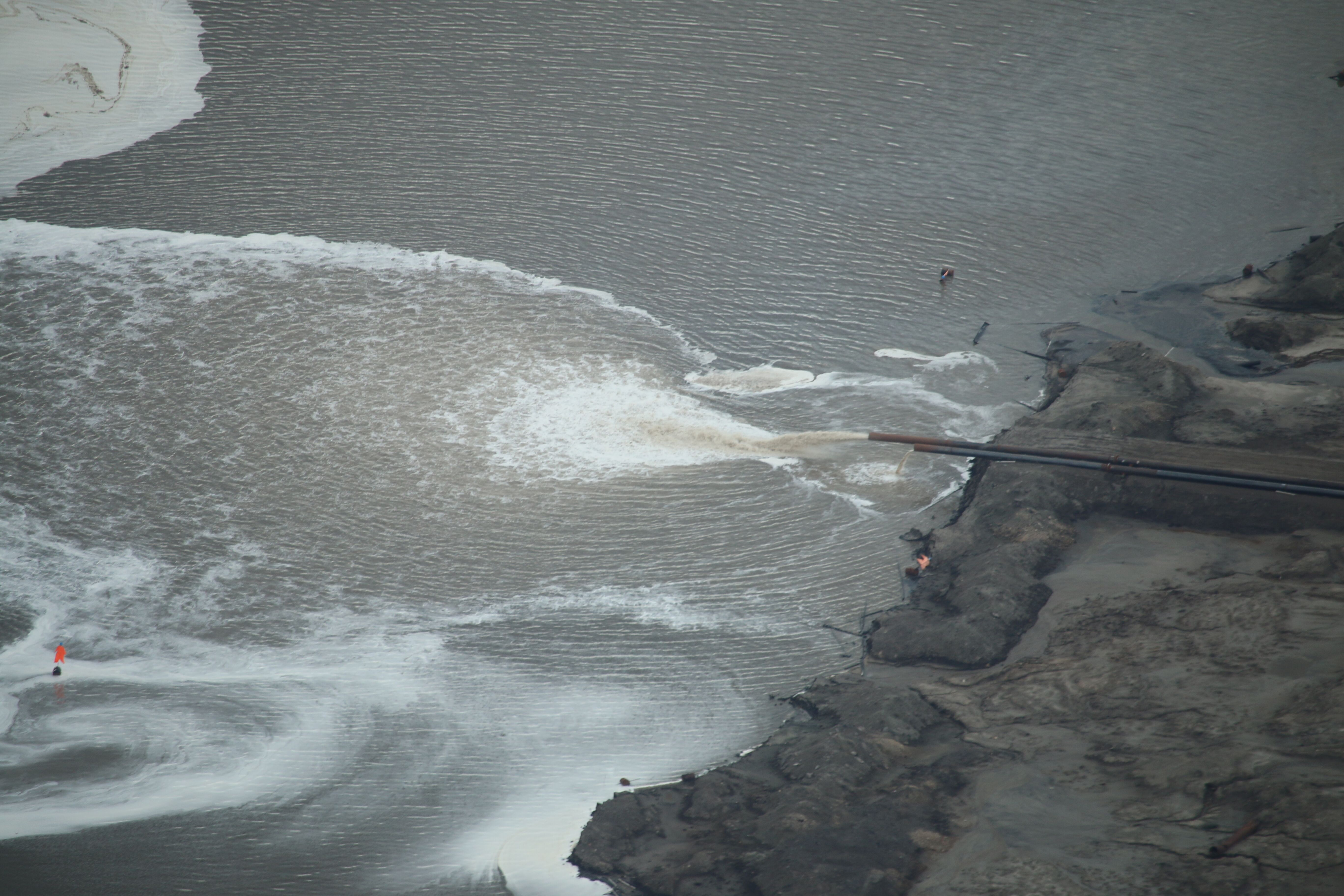We finally may have forced the Canadian government to take its head out of the sand and deal with hazardous waste from the tar sands.
You see, the environmental arm of NAFTA ruled that the Canadian government may have failed to enforce its own environmental laws by doing nothing about toxins leaking from tar sands tailings ponds.


Back in 2014, after repeatedly finding evidence that the tailings ponds were leaking, the previous federal government pulled environmental inspectors from the tar sands and reassigned them to other regions of Canada. The government decided that further inspections of leaking tailings ponds would be done only in response to a public complaint rather than on a proactive basis.
This all came out in a case brought by Environmental Defence.
Specifically, it was a case we took to the Commission for Environmental Cooperation, alongside U.S.-based Natural Resources Defense Council, and an individual from the Dene First Nation in the Northwest Territories. A year later, we have a verdict…though not the final one.
The evidence that the ponds are leaking is stark. Between 2009 and 2013 government inspectors determined that at least 15 water samples at six of seven sites near tailings ponds had levels of toxic chemicals above government guidelines. And government studies further showed that toxins were likely leaking into the Athabasca River.
It’s bad enough that over a trillion litres of tailings have been created by the tar sands industry. And that tailings ponds have become so gigantic that they can be seen from space. But also, scientists have linked the contamination of the Athabaska River to the chemicals found in tailings ponds.


And that toxic contamination has been linked to health effects, including rare cancers, in Indigenous communities downstream from the tar sands. For companies and governments to ignore this shows clear disregard for the impacts that tailings ponds have on human and environmental health.
The current government has the opportunity to make up for the mistakes of the previous one. Instead of looking the other way, the government can do the job they should have done years ago: send inspectors in to further investigate leaking tailings ponds, and bring criminal prosecutions where environmental laws have been broken.
So what are the next steps in the case? The three NAFTA countries have 60 days – until July 20 – to vote on whether the CEC can undertake a deep investigation into the problem of leaking tailings ponds, and what the federal government should be doing about them. The Canadian government should vote in favour of this investigation.
But the government can also act now – it doesn’t have to wait for the investigation.
Either tar sands companies need to clean up their act and stop tailings ponds from leaking toxic chemicals into rivers and groundwater, or governments need to prosecute those companies for putting people’s health at risk by ignoring the law.
Timeline:
June 2017: Environmental Defence worked with partners to file this case with the CEC. We claimed that the federal government was failing to enforce the Fisheries Act by not charging tar sands companies that have tailings ponds that are leaking toxic chemicals into rivers and aquifers.
August 2017: The CEC determined that the case had merits and requested a response from the Government of Canada.
November 2017: The Government of Canada responded to the CEC.
April 2018: The CEC determined that, despite the government’s response, it recommended a factual record be undertaken
Next: A vote of the three NAFTA parties has to be taken by July 20 on whether the CEC can undertake a factual record. A simple majority is needed for the CEC to proceed.







